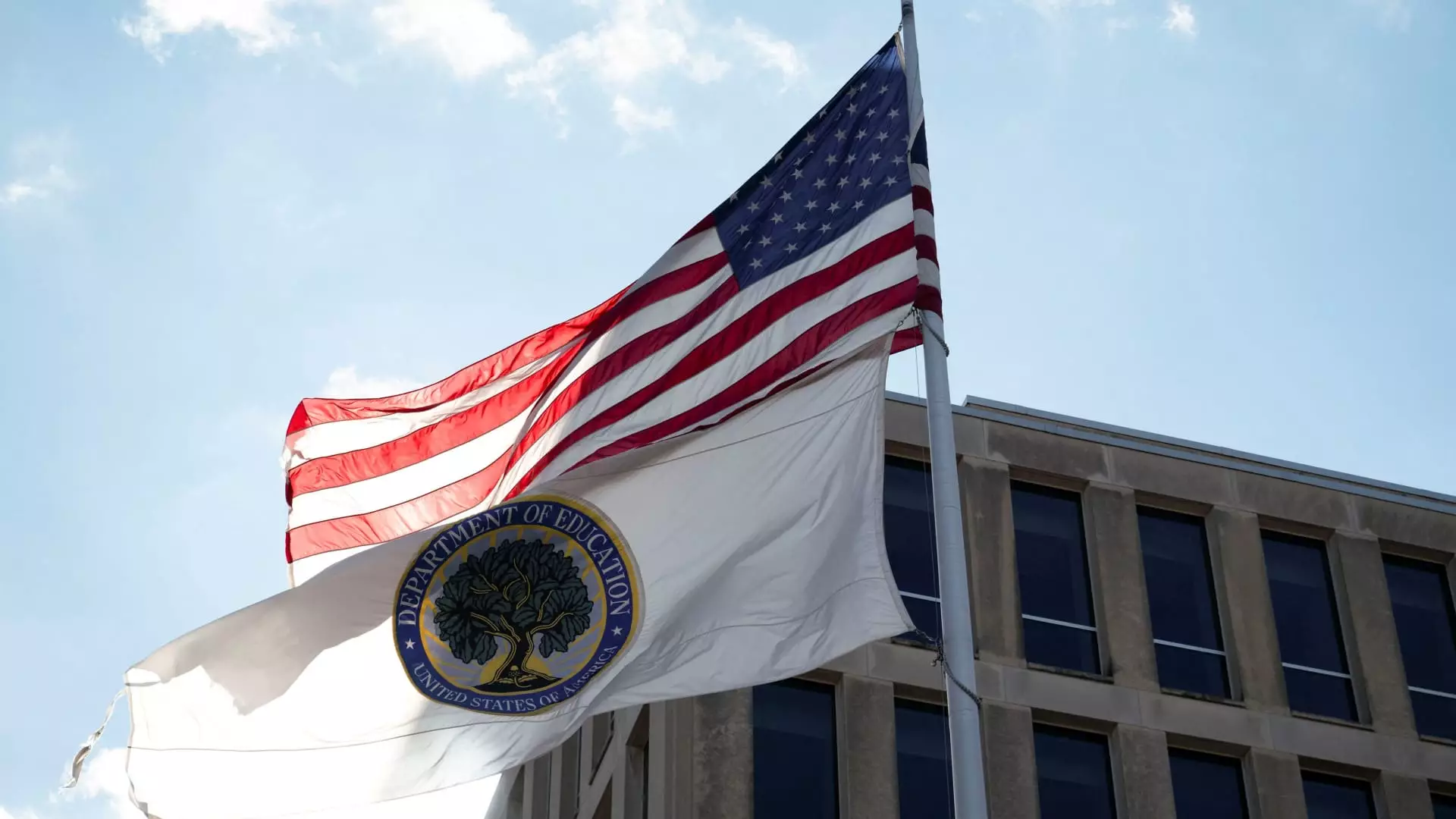The U.S. Department of Education plays a critical role in shaping the financial landscape for millions of students pursuing higher learning. With ongoing discussions surrounding the potential closure or significant restructuring of the Department, anxiety among the 42 million federal student loan borrowers is palpable. The ramifications of such a decision are complex and multifaceted, invoking concerns from financial, administrative, and ethical standpoints.
The U.S. Department of Education was established in 1979 by former President Jimmy Carter, marking a pivotal shift towards a more organized approach to managing the nation’s educational affairs. Over the years, various administrations have proposed modifications to its structure, with notable calls for its dissolution from former President Ronald Reagan and attempts by Donald Trump during his first term to merge it with the Department of Labor. These historical contexts reveal a persistent tension regarding the existence and role of the Education Department, contributing to a growing unease among stakeholders, especially student loan borrowers.
Recent news from The Wall Street Journal suggests that the Trump administration is contemplating utilizing executive orders to potentially dismantle or overhaul the agency. A White House spokesperson indicated that fulfilling campaign promises regarding the Education Department is a priority for the current administration. However, any substantive changes would inherently require legislative backing from Congress, showcasing the clash between executive ambition and legislative governance.
As discussions mount regarding the future of the Department, public sentiment appears decidedly against drastic measures. A poll by Data for Progress indicates that approximately 61% of likely voters oppose the administration’s efforts to utilize an executive order for the agency’s elimination. This stark opposition indicates not only a public desire for educational stability but also a recognition of the integral services the Department provides to millions of borrowers relying on federal loans for their educational aspirations. Contrarily, only 34% of respondents voiced approval for such measures, illuminating a considerable divide between governmental intentions and public opinion.
The implications of dismantling the Department extend beyond mere administrative shifts; they jeopardize the financial stability of individuals who depend on these systems for their education. Betsy Mayotte, president of The Institute of Student Loan Advisors, encapsulates the current sentiment by highlighting that the potential loss of the Education Department does not negate the responsibilities of borrowers concerning their loans.
Considering what might follow the department’s closure, experts speculate about alternative entities that could assume its responsibilities. The Treasury Department emerges as the most logical successor for handling student debt management; however, the Justice Department or even the Department of Labor may also absorb some of the Education Department’s functions. This transfer raises pertinent questions about efficiency, transparency, and the protection of borrower rights. Michele Shepard Zampini from The Institute for College Access and Success warns that such transitions could result in considerable chaos, emphasizing that borrowers need stability, not disruptions.
Moreover, the proposed idea of privatizing the student loan system further fuels concern among consumer advocacy groups. Such privatization would remove some of the safeguards currently in place, exposing students to risks that are prevalent in the private lending sector. Experts like Mark Kantrowitz express dismay at the potential fallout from privatizing student loans, noting that consumer protections are non-negotiable requirements for ensuring fairness and accessibility in educational financing.
As the possibility of a partial or total shutdown looms, the immediate concerns extend to the operational continuity of financial aid for both current and prospective students. Zampini has pointed out the likelihood of delays in the financial aid process, which could severely impact students’ ability to enroll in college. The magnitude of this problem cannot be understated; an entire generation of students may find their educational journeys hindered simply due to systemic instability and mismanagement.
The inevitability that students will continue to require federal student loans underscores the necessity for a robust and reliable infrastructure dedicated to educational finance. Disruptions to this system would not only thwart students’ aspirations but could lead to long-term consequences for the workforce and economy.
The discourse surrounding the potential restructuring of the U.S. Department of Education is complex and fraught with potential hazards for student loan borrowers. The uncertainty places students and families in a precarious position as they navigate their educational ambitions. It is imperative for policymakers to tread carefully while considering the future of the Department, ensuring that any decisions made will prioritize the needs and rights of borrowers. The quest for a balanced and fair education system demands thoughtful dialogue and, above all, commitment to preserving access to education through secure and manageable financial infrastructure.

